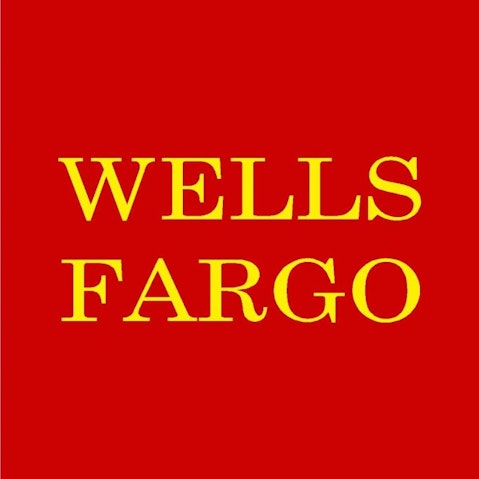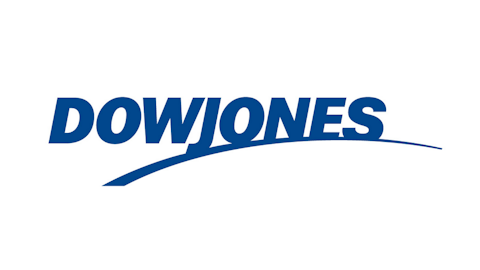Banks generally benefit from rising rates because they can charge more for loans while adding very little to how much they pay for deposits.
Over time, a rising-rate environment leads to larger net interest margin — the difference between interest paid and interest received.
Some banks are better positioned than others to benefit from rising rates. Let’s see how the industry stacks up.

Online bankers miss
Competing on price — interest rates, in this case — can be a banker’s downfall in a rising rate environment. BofI Holding, Inc. (NASDAQ:BOFI) and EverBank Financial Corp (NYSE:EVER) do just that: They steal deposits from other banks by offering above-average rates on deposits.
Because online banks compete on price, their deposits tend to be less “sticky.” Customers choose an online bank based on returns, not features or advantages like branch networks.
As of its last presentation, BofI Holding, Inc. (NASDAQ:BOFI), which owns Bank of Internet USA, was primarily funded with higher-cost certificates of deposit. CDs made up 49.8% of its deposit mix, substantially more than other online and offline banks. Everbank, by contrast, sourced 23% of its deposits from CDs and other time deposits.
Offline banks have much cheaper funding sources. Wells Fargo & Co (NYSE:WFC) funds its balance sheet with very low-cost savings and checking account balances, which make up nearly $800 billion of its $1 trillion in deposits. Its “core deposits,” or funding that it doesn’t expect to vary greatly over time, makes up 94% of deposits, costing the bank 0.14% per year in the most recent quarter. Bank of America Corp (NYSE:BAC) pays only 0.17% for its American deposit mix.
| Bank | Savings and Checking Deposits as a Percentage of Total Deposits | Cost of All Deposits |
|---|---|---|
| Bank of America | 83% | 0.17% |
| Wells Fargo | 80% | 0.14% |
| Everbank | 69% | 0.76% |
| BofI Holding | 50% | 1.07% |
Source: Latest 10-Qs and supplements.
Not surprisingly, high-interest Internet banks rely more heavily on time deposits and CDs, which increase their funding costs.
Don’t rule out old-school banking
The online banks have a tremendous advantage in a low-rate environment, when the difference between rates is a huge selling point for low-cost operators. Bank of Internet’s 0.71% APY high-interest checking accounts look like an exceptional deal when rates are low. But will the promise of 0.71% on checking accounts be just as attractive if short-term rates run to 1%?
Think about it this way: Wells Fargo & Co (NYSE:WFC) pays up to .01% on checking account balances. Bank of Internet offers 0.71%. If rates rise by 1%, Wells Fargo & Co (NYSE:WFC) will offer as much as 1.1% on deposits, whereas Bank of Internet might offer 1.71%. Some 61 basis points isn’t as compelling when the baseline is 1.1% interest on checking accounts.



